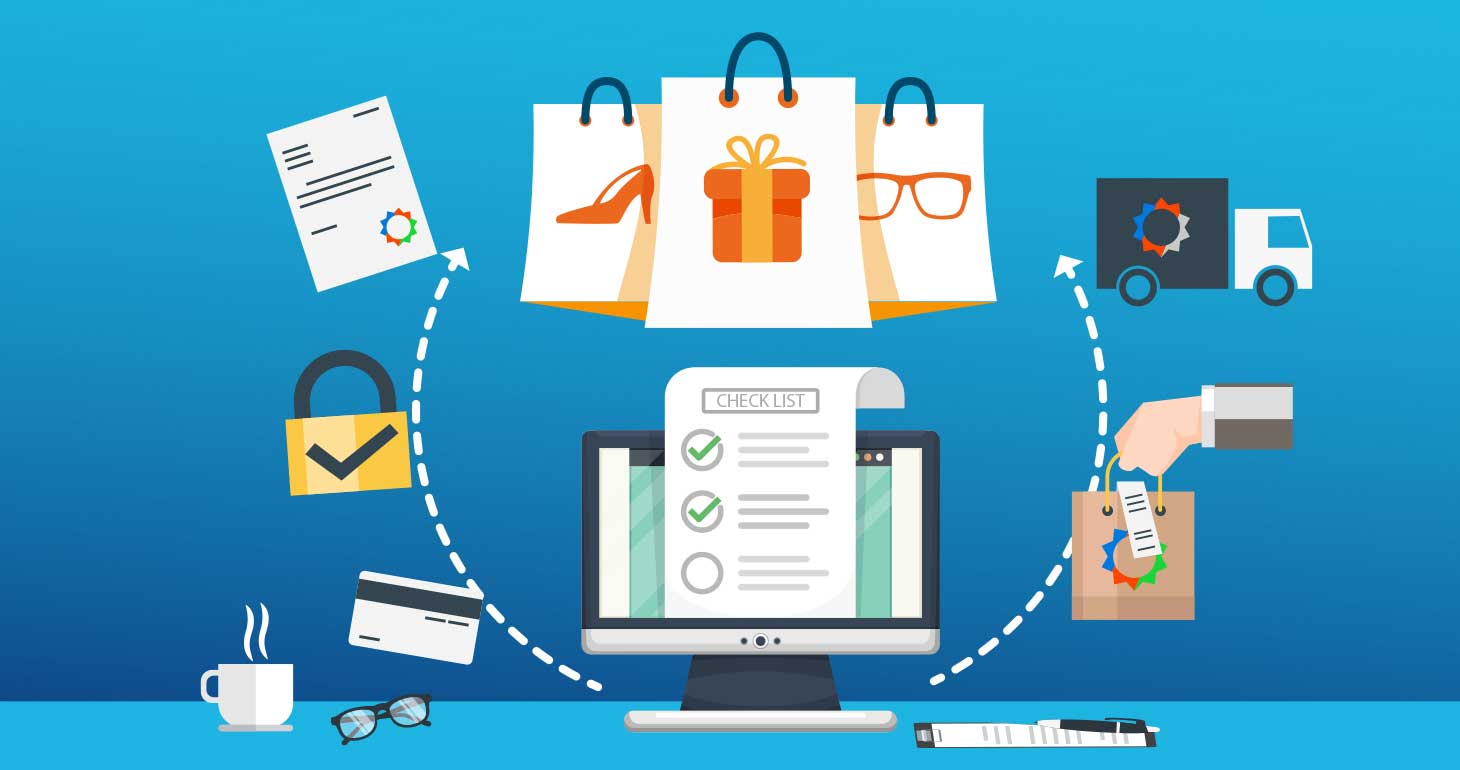
Starting an e-commerce business can be a rewarding and profitable venture. With the increasing popularity of online shopping, there’s never been a better time to enter the market. Whether you’re looking to create a side hustle or a full-time business, this step-by-step guide will help you navigate the process of launching your e-commerce store.
1. Identify Your Niche
Before you start, it’s crucial to identify a niche market. A niche is a specific segment of the market that you will target with your products or services. Choosing a niche allows you to focus on a particular group of customers and tailor your offerings to meet their needs.
Tips for Identifying Your Niche:
- Research Market Trends: Use tools like Google Trends, social media, and industry reports to find out what products or services are in demand.
- Analyze Your Interests and Skills: Choose a niche that you are passionate about and knowledgeable in.
- Evaluate Competition: Look at existing businesses in your chosen niche to identify gaps and opportunities.
2. Conduct Market Research
Market research helps you understand your target audience, their preferences, and purchasing behavior. This information is critical for making informed business decisions.
Steps for Conducting Market Research:
- Surveys and Questionnaires: Gather feedback from potential customers through surveys.
- Competitor Analysis: Study your competitors’ products, pricing, marketing strategies, and customer reviews.
- Online Forums and Social Media: Participate in online communities related to your niche to gain insights.
3. Create a Business Plan
A business plan outlines your business goals, strategies, and how you plan to achieve them. It’s a roadmap for your e-commerce business and is essential for securing funding and staying on track.
Key Components of a Business Plan:
- Executive Summary: A brief overview of your business.
- Market Analysis: Insights from your market research.
- Product Line: Description of the products or services you will offer.
- Marketing Strategy: How you will attract and retain customers.
- Financial Projections: Expected revenue, expenses, and profitability.
4. Choose Your E-commerce Platform
Your e-commerce platform is the foundation of your online store. It should be user-friendly, customizable, and scalable as your business grows.
Popular E-commerce Platforms:
- Shopify: Known for its ease of use and extensive app ecosystem.
- WooCommerce: A WordPress plugin that offers flexibility and control.
- BigCommerce: Suitable for larger businesses with complex needs.
- Magento: Highly customizable but requires more technical knowledge.
5. Source Your Products
You need to decide how you will source the products you plan to sell. There are several options, including manufacturing your own products, purchasing from wholesalers, or using dropshipping suppliers.
Product Sourcing Options:
- Manufacturing: Create your own unique products.
- Wholesale: Buy products in bulk from suppliers and sell them at a markup.
- Dropshipping: Partner with suppliers who handle inventory and shipping.
Once you’ve chosen your e-commerce platform and sourced your products, it’s time to build your online store. Focus on creating a user-friendly and visually appealing website. Choose the right web developer available
Key Elements of an Online Store:
- Homepage: Clear navigation and attractive design.
- Product Pages: High-quality images, detailed descriptions, and customer reviews.
- Shopping Cart and Checkout: Simple and secure payment process.
- Mobile Optimization: Ensure your site is mobile-friendly.
7. Implement a Marketing Strategy
To attract customers to your online store, you need a solid marketing strategy. Utilize various marketing channels to reach your target audience.
Effective Marketing Channels:
- Search Engine Optimization (SEO): Improve your site’s visibility on search engines.
- Social Media Marketing: Engage with potential customers on platforms like Facebook, Instagram, and Twitter.
- Email Marketing: Build an email list and send newsletters and promotions.
- Paid Advertising: Use Google Ads, Facebook Ads, and other paid channels to drive traffic.
8. Launch and Optimize
After launching your online store, continuously monitor its performance and make improvements based on data and feedback.
Post-Launch Activities:
- Track Analytics: Use tools like Google Analytics to track visitor behavior and sales.
- Customer Feedback: Collect and act on feedback from your customers.
- A/B Testing: Experiment with different elements of your site to see what works best.
- Regular Updates: Keep your product listings, website content, and marketing strategies up to date.
Conclusion
Starting an e-commerce business requires careful planning, research, and execution. By following these steps, you can set up a successful online store and tap into the growing e-commerce market. Stay committed, adapt to changes, and continuously seek ways to improve your business. Happy selling!


